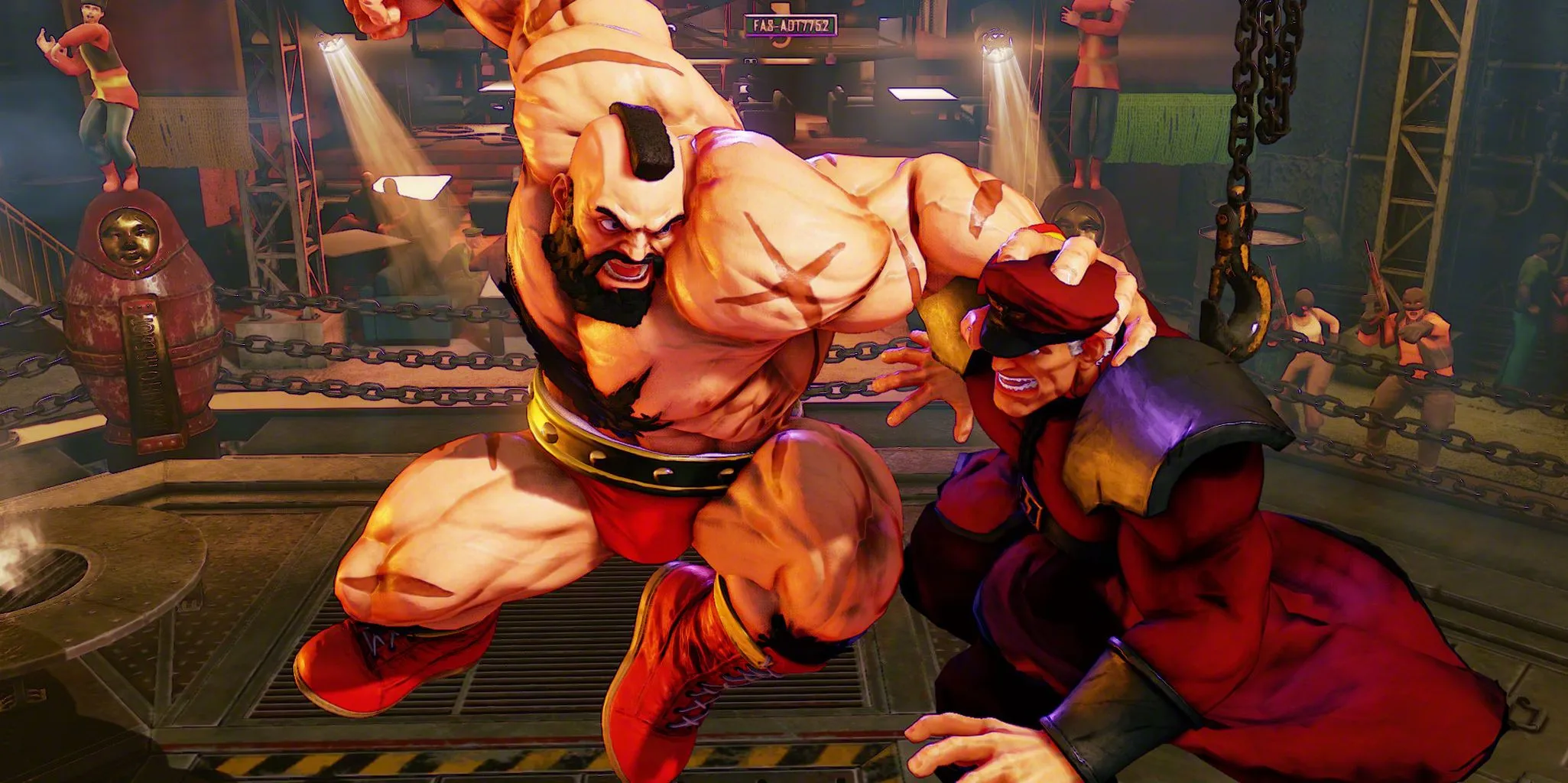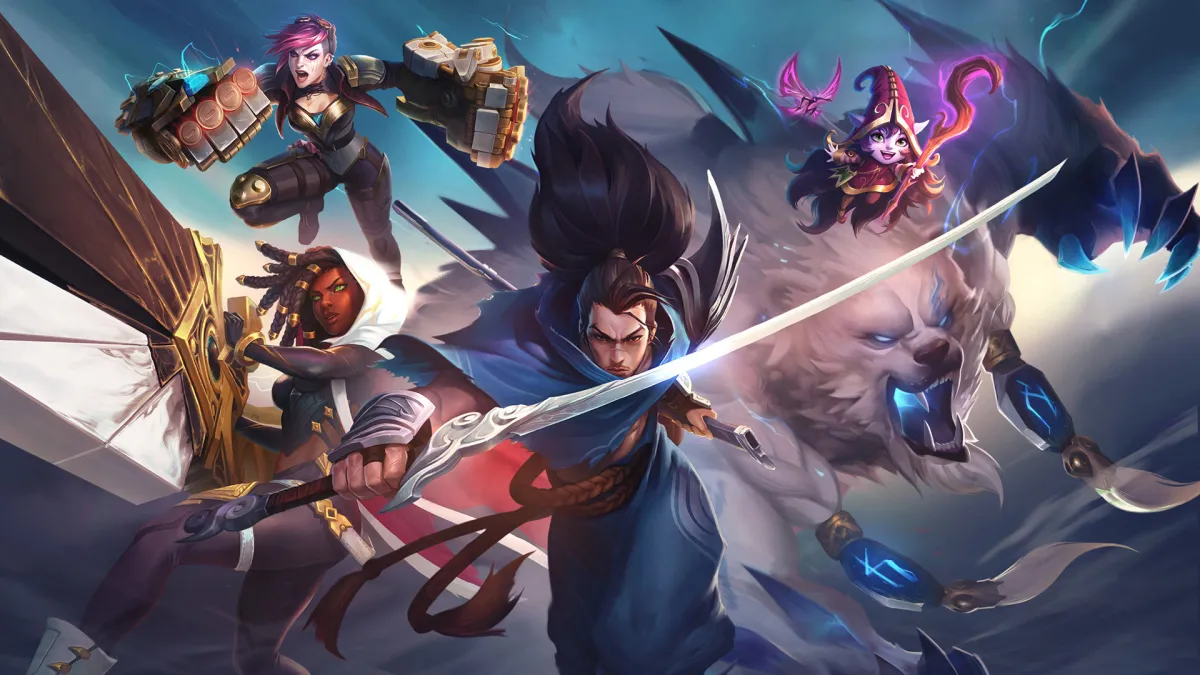Over its relatively short existence, the eSports industry has flourished into a large, diverse industry that is enormous, yet still growing rapidly. Such growth has been accompanied by growing pains as well as a plethora of great successes. As a young entity, the eSports community should draw examples from other comparable industries in order to benefit the infrastructure and longevity of eSports. This “comparable industry”, of course, is the professional sports industry. After all, “sports” is 86% of the word “eSports”; the comparison is made directly in the words themselves. In order to accelerate the expansion and development of the eSports industry, the eSports community must learn from a handful of crucial examples that the global professional sports openly provides – these being salary levels, revenue creation, and player development.

The Basics
As industries, sports and eSports have nearly identical basic models of creating revenue. Players of the game/sport become extremely skilled, which attracts viewers. The players become so great that viewers become willing to spend real currency on both viewing the game as well as purchasing merchandise. Finally, corporations notice the mass viewership and sponsor events in order to advertise their brand. Ultimately, impressive player skill and high viewership results in revenue for the organizations at the base of both sports and eSports. While the eSports industry endures an early stage of maturation characterized by player abuse, mismanaged organizations, and a miserable cultural acceptance, the professional sports industry has managed to creep its way into the daily lives of a large amount of people around the world; the disparity between the infrastructure and popularity of the two industries is blatant.
Salary Levels and Regulations:
Many sports utilize player compensation methods that are great examples of financial systems which could be adapted for eSports. In some leagues, a minimum salary must be stressed to eliminate player abuse, and in others (the NBA, for example) there exists a salary cap used to prevent absolute domination based on monetary power. There is plenty of data on the revenue of teams/leagues and their salary levels, ranging from low to high income. Though the salaries of successful eSports competitors is not widely publicized, the release of the Challenger League of Legends team Ember salaries raised some eyebrows.
With streaming funds and sponsorships, the salaries of the highest tier organizations (SKT, TSM, CLG) are undoubtedly gargantuan. For the LCS, LCK, and LPL, Major League Soccer represents a realistic goal for player compensation. Minor league baseball, D-League Basketball, and even major league Lacrosse and professional bowling serve as examples to learn from for less popular games.
Highest Tier League of Legends:

With the growth experienced in recent years, the LCS, LCK, and LPL can realistically strive to accomplish player salaries comparable to Major League Soccer over the next decades. The minimum player salary in the MLS is just over $35,000, with its average resting at a comfortable $160,000. While these numbers seem somewhat realistic, there lies a very long road between the highest sports and eSports salaries; the “rare superstars” of the global sports industry are becoming multimillionaires overnight.

The Challenger Scene and Games with Worse Infrastructure (CS;GO, DOTA2, Heroes of the Storm, etc.):
Games with incomes based on prize winnings can be compared to the smaller sports and events of the world – that is, if you don’t win, you don’t get paid. Professional bowling, fishing, chess – all of these are small sports with extremely limited viewership, and therefore limited revenue. Job security is a non-existent, very much needed breath of life for these players. The prize-winning focused salaries that arise from games lacking the infrastructure needed to provide a high standard salary to all professionals within a league probably cannot support a long-term, legitimate eSports scene.
In eSports, I’d rather see successful games which capture a large player-base and loving fan-base granted longevity by the application of successful models. Acting to enhance the future talent of the scenes, successful games should consider an alternative form of player compensation. D-League Basketball, perhaps?
In the NBA’s D-League, former NBA players and other high-tier competitors earn up to $30,000 per year, while the least experienced earn only $18,000. These teams often provide other benefits such as housing and transportation, as well as connections and the ability to practice with extremely high-level players. This player compensation model is a great example for low-revenue teams looking to build a brand; the players make enough money to live, while many large expenses are handled by the organization.
I’m not saying, “if your game isn’t League of Legends, it’s doomed.” Nevertheless, it should be noted that Riot Games has sought to build an infrastructure based on large-scale salary delegation rather than prize pool hype. For smaller games that will never achieve large-scale viewership, building an infrastructure would be foolish. However, for enormous games like CS:GO and DOTA 2, perhaps a season that was largely focused on a massive amount of regular-season play would benefit the game’s success in the long run.
Entering 2016, we can finally begin to compare the salaries of high tier League of Legends teams to the professional teams of more popular sports. However, smaller games currently lack the infrastructure necessary to accomplish widespread salary comparisons. Duly noted are the incredible salary numbers of the most successful DOTA2, CS:GO, Starcraft, and Hearthstone players; League of Legends’ salaries exist on a larger scale than any other eSport. In any case, teams with lower revenue have examples throughout the global sports industry of comparable brands which use successful methods of compensating their players. In the coming years, the scenes which have primarily adopted salary methods based on prize-winnings should begin to develop the infrastructure necessary to build job security for their players. As shown with the global sports industry, the only hope for a game infused with diversity, skillfulness, and longevity is a stable, team-salary based method of paying professional players.
Viewership, Sponsorships, and Advertisement Revenue
Many professional sports teams have enormous cult followings, specifically teams in the NFL, NBA, and MLB in the United States and professional football (soccer) globally. The contrast between sports and eSports fans must be mentioned: sports, on a world-wide scale, encourages large-scale ticket sales and large-scale celebration. Currently, more sports fans are more consistently willing to get out, experience the game, and get invested in the success of their favorite teams. This level of viewership (up to 60% of Americans being sports fans, for example) makes large-scale investment more appealing, which has created an environment that has fostered a global sports industry worth over $480 billion.

Viewership directly influences ticket, sponsorship, and investment revenue. Simply put: viewership most directly impacts the revenue of both professional sports and eSports. The similarities shared by sports and eSports can also serve as talking points in enhancing the public perception of eSports. These common factors can also work to limit the negative stereotypes that continue to swarm around the eSports industry. Inevitably, a boost in the overall perception and acceptance of the industry will generally be followed by a boost in viewership – that is, a boost in revenue. In the same vein, the companies that benefit from eSports growth – such as Riot Games and Valve – have an interesting advantage in which the revenue created by the players of the game also can act to benefit the growth of eSports as a whole, supporting the viewers of the game. These companies should be expected to utilize this advantage and propel the success of eSports. In any case, the eSports industry should appreciate the wealth of knowledge that the professional sports industry has produced on viewership growth; sports has conquered the living room of the American family, and viewership seems to be the end-all be-all as far as revenue is concerned.
Infrastructure and Player Management and Development
Infrastructure and player development are two areas in which the eSports industry is truly horrific. Traditional sports scenes, especially in the United States, have massive infrastructures; two indicators of the enormously successful infrastructure are leagues which span across every level of play (Little Leagues, Middle/High School Sports, College, etc.) and enormous corporations based on sports products (equipment distributors such as Academy and Sports Authority and broadcasters such as ESPN to name a few). There are a great many resources for those who want to improve as an athlete, as well as a defined path for successful players of specific sports. If a boy – say, Kobe Bryant – is gifted from the second he touches the ball and works harder than all of his peers and equals, he has a defined path to be developed and coached as a player. Meanwhile, incredible players sit on every server, rotting in the toxic solo queues of their supposedly developed regions. In order to see a rise in the overall level of gameplay, playing the game to improve must become easier through the creation of specialized leagues and the path to success for young, talented players must become more defined.
Player management in eSports has been constantly and deservingly scrutinized throughout the years. The industry seems to be on the right track, with coaches, analysts, and even sports psychologists becoming normal investments for high-tier, high-revenue teams that can afford them. However, in comparison to professional sports, the professional coaching and analytics in eSports is pathetic. While eSports analytics are catching up to professional sports, the highest tier of analysis and game study visible in professional sports is mostly non-existent in eSports. Only a handful of teams throughout all of eSports have been able to find competent coaches that have successfully used their team-given authority to manage a team of players. Most coaches seem to be unable to manage their team’s psychology and player relationships, which are two crucial factors in the success and consistency of eSports teams. Perhaps teams should stop hiring coaches who struggle from the same lack of social competency experienced by many professional gamers and focus on hiring an actual coach – someone who understands both the game and the social aspects of the job.

Similarly, talent development in eSports must see improvement. Rookie development in sports is incredible; there are many experienced coaches at all levels willing to utilize their knowledge and experience to impact the growth of players on a personal level. Talent development in the eSports industry, however, is completely lacking, which is adversely affecting the average career length in eSports as well as the sheer number of talented players at all levels. Talented young players have to starve themselves in order to play constantly in lesser leagues and apathy-ridden solo queue with very little chance of being noticed by someone capable of actually developing their skills. Even star players seem to burn out rather quickly. League of Legends players like Madlife and Shushei who are capable of dominating the game for a defined period of time shouldn’t quickly burn out; their talent should be managed by skilled coaches, and enhanced over a prosperous career. Proper talent management doesn’t only serve to benefit the player; with more and more long-term superstars and talented rookies, the level of excitement and competition at the highest level can only increase, which benefits the industry as a whole.

Applying Examples – Korea
Unsurprisingly, the country with the best eSports infrastructure, player management, and talent development has dominated eSports for an eternity. South Korea was the home of the Starcraft boom and has continued to completely dominate both the Starcraft and League of Legends scenes – the two largest and duly the most profitable games of their time. It shouldn’t come as a shock that Korea is so dominant; it is the only country whose culture has come to consider eSports as a valid competition and industry. As a result, is the only country who can boast a large and growing eSports infrastructure. South Korea is a potent example of the positive relationship between infrastructure and success in eSports, which is a relationship clearly visible in professional sports.
Much to Learn
The eSports industry has much to learn from the example of the global sports industry. In the coming years, it will be interesting to compare and contrast the development of the eSports scene to the continued growth and success of professional sports. On a personal level and to an avid eSports and sports fan, the idea of eSports growth on the scale and in the direction of professional sports is exciting. Through applying the examples provided by the professional sports industry, the eSports industry can accelerate its expansion, hopefully boosting revenue in an trend that attracts large-scale organizations and investors. There is nothing more exciting to myself as a fan of both sports and eSports than the possibility of eSports being played on a scale that is outrageously larger than its current form and on a level that has increased to match that scale. Whether it’s a disgusting slam or an insane pentakill, professional players in both sports and eSports are capable of attracting huge viewership and fan bases through work and dedication. If the eSports industry can successfully draw examples from professional sports and manage to stay on its upward trend in terms of viewership and revenue, the “eSports Revolution” could be upon us sooner than expected!






